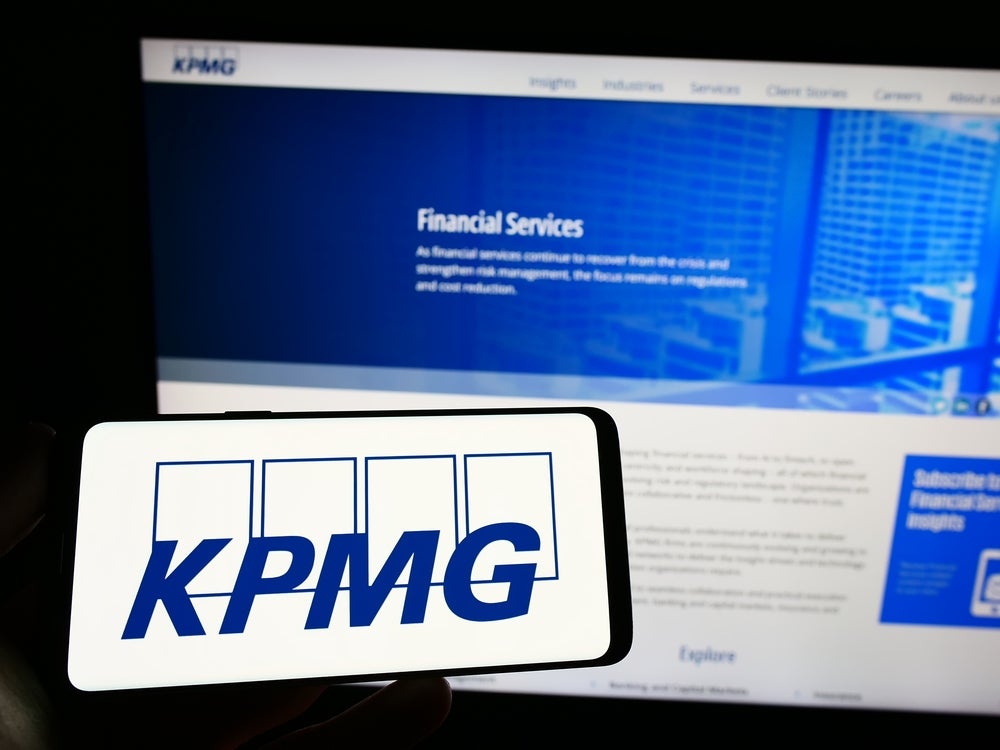The prolific growth in online
banking and the emergence of the mobile banking channel has done
little to diminish customers’ desire to speak to a real person,
according to a survey released by BT and Avaya.
The report, titled The
Autonomous Customer, argues that, as consumer queries become
more complicated, many organisations are struggling to keep up with
the new demands placed on their call centre staff.
The report’s main findings
include:
- The vast majority (78%) of
respondees are ‘shopper swots’ who use the internet to plan and
research before they buy, reading product reviews and taking up
self-service options; - 43% prefer to deal with
organisations over the internet, but will still reach for the phone
when they can’t help themselves, need advice, or get frustrated.
This often means they are contacting organisations about more
complex and emotive issues; - 60% said they continually
change their preferred contact channel depending on where they are
and what they are doing; - The autonomous customer
often cuts organisations out of the loop entirely. Fuelled by
social networks and peer reviews, 51percent trust the advice of
unknown others on forums and review sites over an organisation’s
official website; - Almost half of them (46%)
regard customer loyalty as a thing of the past; Only 24% greed with
the statement ‘When I like a brand, I stick to it’ – a decline of
over 20% on responses from 2008; - The growing number of smart
phone users display the above behaviours even more strongly than
online consumers.
 An overwhelming 90% of
An overwhelming 90% of
smart-phone owners still expect to use call centres in the
future.
Meanwhile, more than half
(56%) of those surveyed think the subjects of their calls are
becoming more complicated as the vast majority (81%) of them engage
with organisations online.
Worse still, 90% of
high-earning consumers were told by call centre staff that they
would be better off trying the website.
How well do you really know your competitors?
Access the most comprehensive Company Profiles on the market, powered by GlobalData. Save hours of research. Gain competitive edge.

Thank you!
Your download email will arrive shortly
Not ready to buy yet? Download a free sample
We are confident about the unique quality of our Company Profiles. However, we want you to make the most beneficial decision for your business, so we offer a free sample that you can download by submitting the below form
By GlobalDataAndrew Small, global head of
customer relationship management, BT Global Services,
said:
“For many consumers, calling
the contact centre is the favoured way to resolve the most
complicated queries.
“The vast majority of people
have used the internet to do their own research first, so by the
time they pick up the phone, the organisation they’re calling is
either close to a sale or close to a fail.”
Small added: “This survey
shows how vital it is for contact centres to have a pool of
highly-trained agents who are capable of solving complex
issues.
“By connecting these agents
with the latest social media and unified communications tools,
contact centres can share their knowledge across multiple sites —
including homeworkers — to create ‘network experts’ who are much
more able to satisfy enquires from increasingly demanding
customers.”
Small argued that the end
point of the drive to re-engage with the autonomous customer was
the use of CRM and database analytics, in order to understand
customers across all contact points.
“Tying together the increasingly fragmenting channels used
by consumers, these technologies are one answer to keeping pace
with customers interactions and making relevant offers to
them.”






